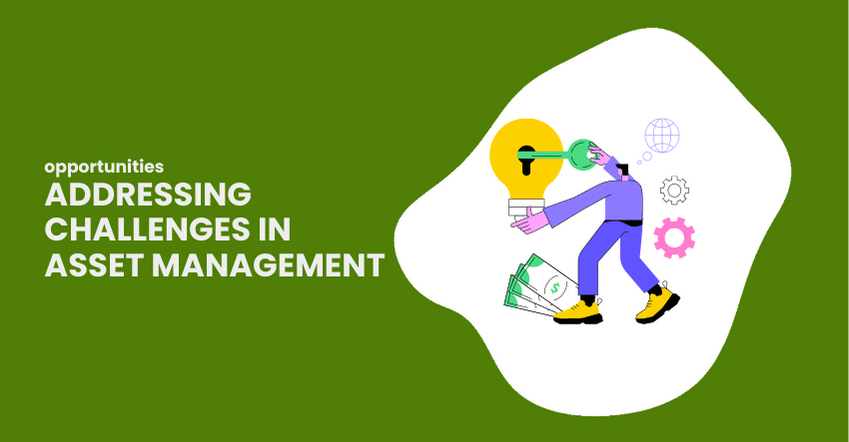The Renewable Energy Industry is currently experiencing many changes.
As asset managers know, renewable energy assets are far from new, and aging assets present a problem for the industry. Maintenance is a bigger challenge for older equipment, especially when it comes to sourcing replacement parts and finding a technician familiar with the model. Supply chain issues and inflation also impact maintenance work on older models, resulting in higher financial repercussions.
However, these challenges are not insurmountable.
Now that many renewable energy asset managers take advantage of being able to get trustworthy condition management data, they are alerted of imminent problems earlier.
This early detection allows for proactive maintenance, reducing the risk of unexpected breakdowns and costly repairs. By leveraging advanced monitoring systems and predictive analytics, asset managers can optimize maintenance schedules and streamline operations .
Maintenance Doesn’t Need to be Hard to Plan For
With enhanced data management ensuring the long-term stability of renewable energy assets, digitalization helps to maximize clean energy production while minimizing unexpected downtime. Technical failure and maintenance are two of the prime causes of asset downtime, which can be problematic and cost-prohibitive for renewable energy sources that produce intermittently.
Luckily, these technical failures and maintenance interruptions can be limited through improved, dedicated monitoring and long-term renewable asset planning — both of which are made more accessible through a centralized digital platform such as PowerHub.
How to Prepare for Red Tape, Turnover, and Uncertainty
Instability is another significant challenge many asset managers face. There is much uncertainty regarding renewable energy projects being completed on schedule, with administrative red tape frequently causing major delays. Concerns also arise over project turnover – which can result from administrative delays causing insurmountable financial expenses.
When projects change hands, details can be overlooked, and the risk of things getting lost along the way increases. Innovative solutions are emerging to address these concerns and create a more stable environment for asset management.
That’s why optimization is necessary for every aspect of a renewable energy portfolio. The right software can greatly reduce uncertainty. From the assets themselves to the back-end administrative work supporting the project, like invoicing. It all matters. Some things may be out of your control, and so the more streamlined you can make your processes, the better.
Data to the Rescue
In the past ten years, one of the most significant changes the renewable energy industry has seen has been on the data management side. The way asset managers collect and analyze data has changed tremendously and, by virtue of that, has transformed how teams work to improve the performance and maintenance of renewable energy assets.
With strong software solutions in place, data can be centralized and easily accessed by renewable asset managers and their teams. This centralized data management allows for better collaboration and informed decision-making. Reminders can be set for compliance and other deadlines, ensuring nothing important is missed.
Furthermore, advanced algorithms and machine learning capabilities enable asset managers to identify patterns, optimize asset performance, and predict maintenance needs more accurately.
Tech Making Strides
Another major change the industry has seen is the arrival of dependable energy storage solutions. These storage solutions have contributed to the success of the largest projects in the renewable energy industry. As technology continues to improve, we can expect projects to get even bigger and their impact to be more significant than ever before.
Energy storage systems, such as advanced batteries and pumped hydro storage, enable renewable energy asset managers to overcome the intermittent nature of renewable sources.
These solutions provide grid stability and enhance renewable energy generation’s reliability. Additionally, advancements in grid integration technologies and smart grid infrastructure further optimize the utilization of renewable energy assets.
The continuous development of renewable energy technologies and supportive policies creates new opportunities for asset managers. As the industry evolves, asset managers must stay updated with the latest advancements and adapt their strategies to maximize returns while ensuring the long-term sustainability of renewable energy assets.
Final Thoughts
While the renewable energy industry faces challenges related to aging assets and project instability, innovative solutions and technological advancements are providing opportunities for asset managers to overcome these obstacles.
By leveraging reliable data management software and embracing emerging technologies like energy storage, asset managers can optimize asset performance, enhance operational efficiency, and contribute to the growth of renewable energy generation. With a proactive and adaptive approach, renewable energy asset managers can successfully address today’s challenges and generate new opportunities for a sustainable future.




